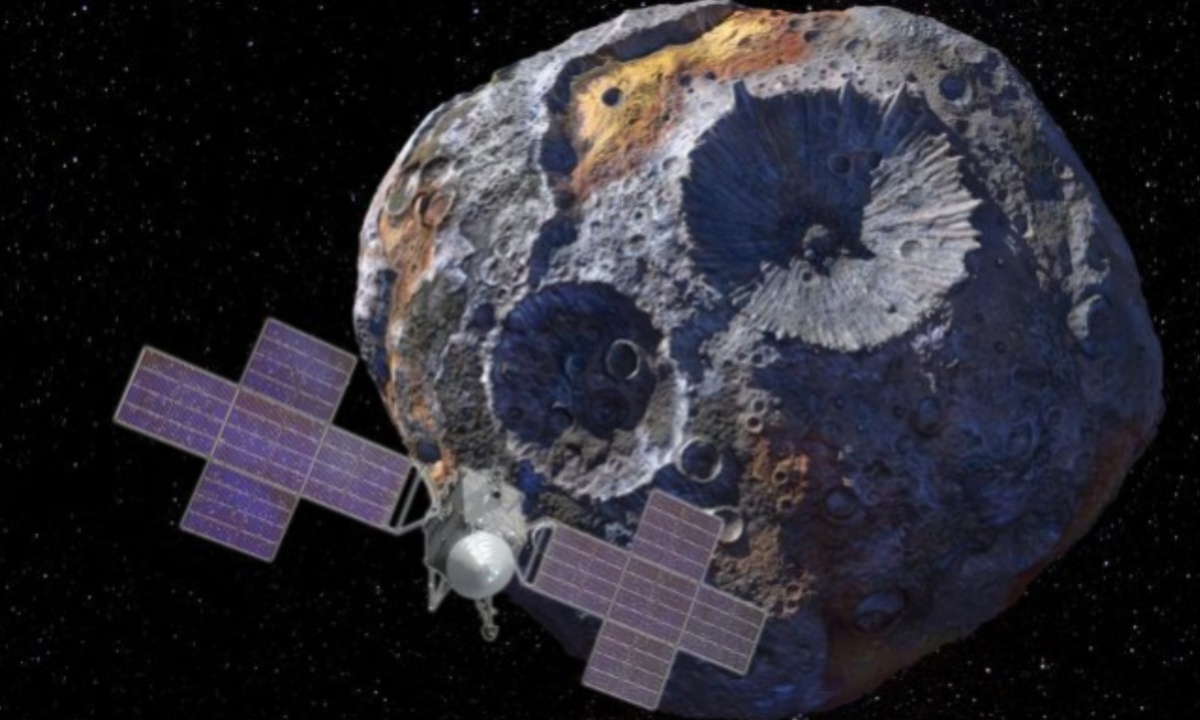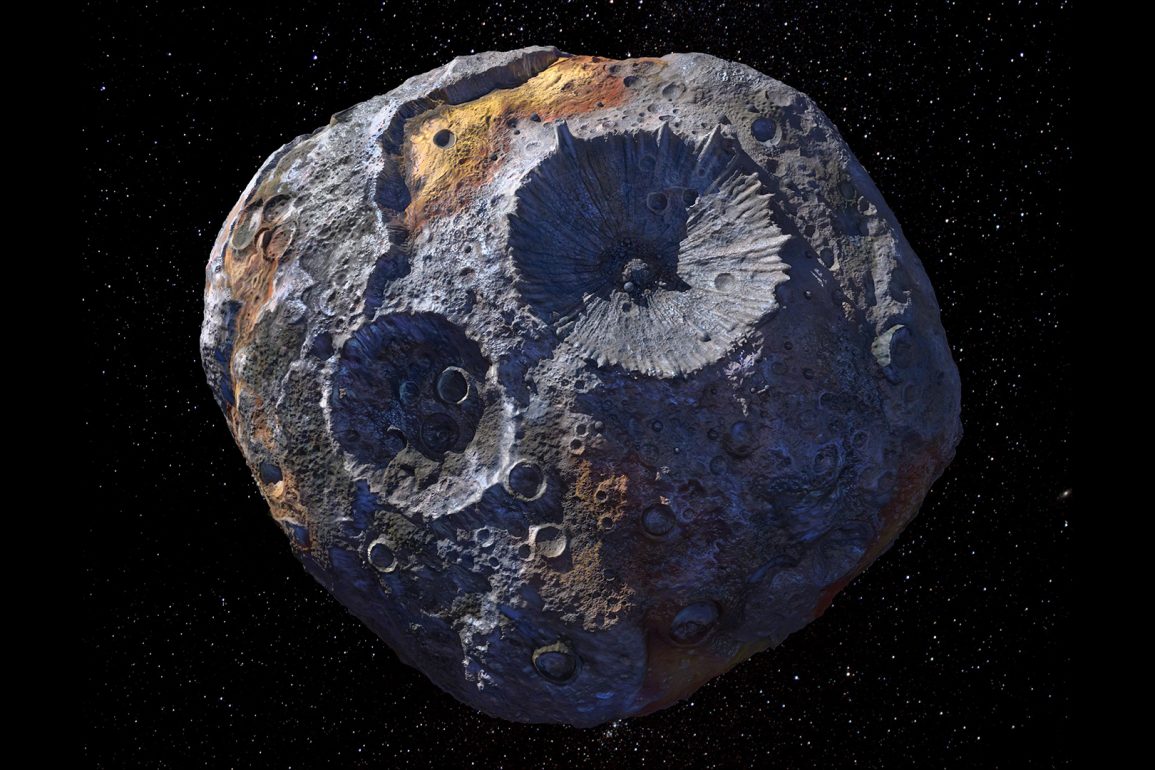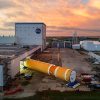Scientists using the James Webb Space Telescope (JWST) have identified a water-related component on the asteroid 16 Psyche, suggesting the presence of rust. This discovery may provide insight into the formation of the enigmatic asteroid, which is located in the main asteroid belt between Mars and Jupiter.
Initially, Psyche was thought to be entirely metallic and potentially the iron-rich core of a planetesimal. Its high metal content has led some to estimate the asteroid’s value at $100,000 quadrillion, sparking great interest in space exploration and mining.
NASA’s Psyche mission, which launched in 2023, is aimed at studying the asteroid in depth, with the spacecraft expected to reach Psyche in 2029. However, recent observations have indicated that Psyche is not purely metallic as previously thought, but rather a mixture of silicates and metal.
These observations, based on its density and reflectance spectra, have challenged earlier assumptions and introduced the possibility of a more complex composition.

In 2017, researchers detected traces of water in the form of hydroxyl units on Psyche’s surface. These findings were initially questioned due to potential contamination from Earth’s atmosphere. To confirm the presence of water, scientists turned to JWST’s advanced infrared instruments, the Near Infrared Spectrograph (NIRSpec) and the Mid-Infrared Instrument (MIRI).
Data collected in 2023 confirmed the hydroxyl signature on Psyche, supporting the idea that rust, or hydrated minerals, exists on the asteroid.
While the NIRSpec data confirmed the presence of hydroxyls, which suggested the formation of rust on Psyche, the MIRI data did not definitively detect water. However, researchers believe that water may still be present but in concentrations too low for MIRI to detect.
Alternatively, water could be located on parts of the asteroid not visible to JWST. The findings imply that Psyche’s formation involved water-bearing impactors that deposited hydroxyl onto its surface.
Future research aims to pinpoint the locations of these hydrated minerals on Psyche’s surface, particularly in the southern hemisphere, where a large crater may have resulted from an impact on a hydrated body.
Although metal-rich asteroids like Psyche are considered potential mining targets, its location, at three times the distance from the Sun as Earth, makes it too far for profitable extraction. However, Psyche’s unique composition continues to offer valuable scientific insights into planetary formation.

